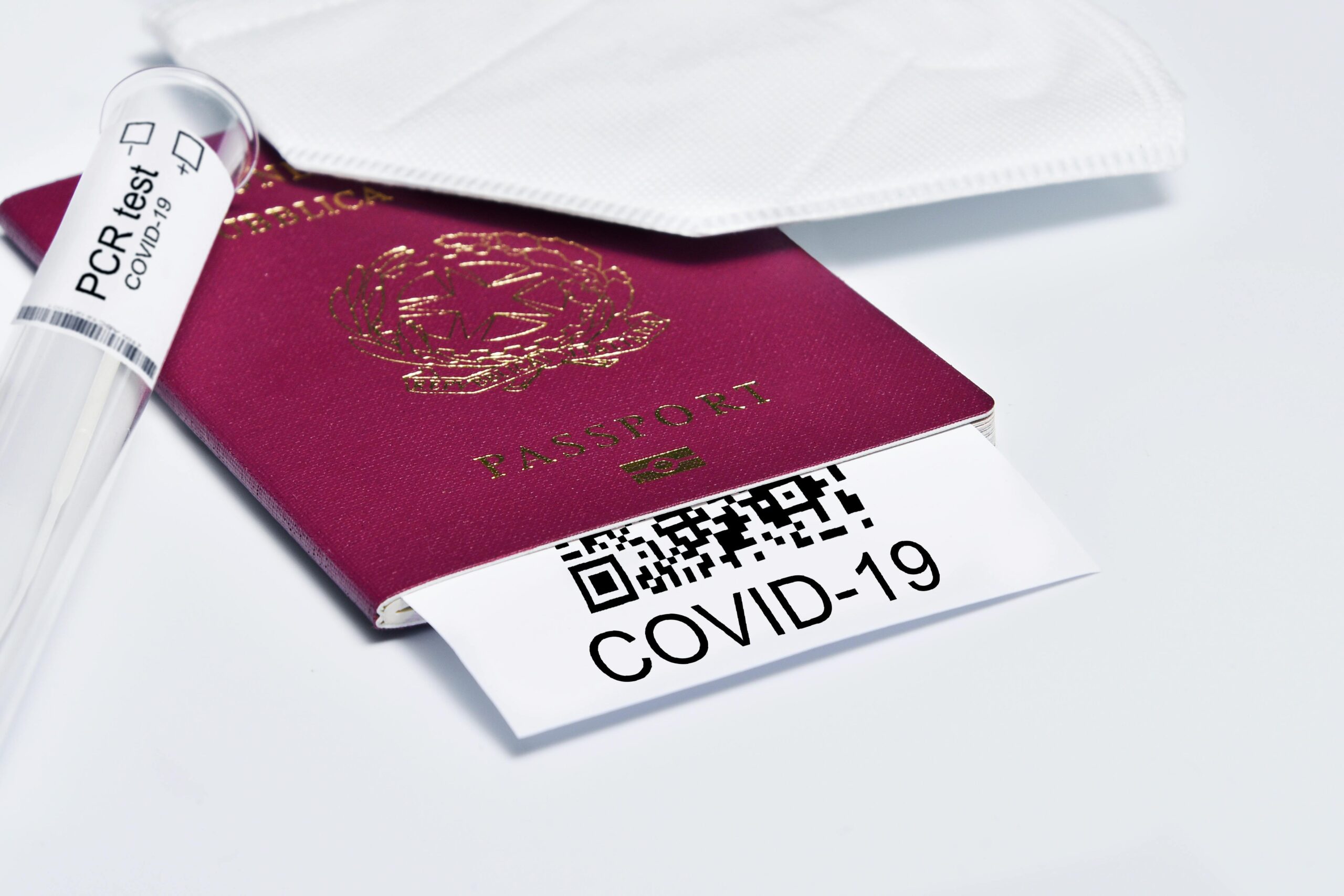Table of Contents
- Introduction: A Positive Shift in Canadian Immigration
- Remarkable Progress in Reducing Backlogs
- Specific Reductions Across Different Application Streams
- Factors Contributing to the Reduced Backlog
- Future Outlook: Sustaining the Momentum
- The Tangible Impact on Applicants
- IRCC’s Modernization Efforts
- Challenges Remaining and Areas for Improvement
- Detailed Data on Backlog Reduction
- FAQ
Introduction: A Positive Shift in Canadian Immigration
The Canadian immigration landscape is undergoing a significant and welcome transformation. Immigration, Refugees and Citizenship Canada (IRCC) has demonstrated impressive success in reducing the notorious application backlog that has plagued the system in recent years. The latest data reveals a substantial decrease in the number of pending applications across various immigration streams, signalling improved efficiency and responsiveness within the department. This progress is critical for Canada’s economic growth and its reputation as a welcoming destination for immigrants and temporary residents alike.
Remarkable Progress in Reducing Backlogs
IRCC’s efforts to tackle the application backlog have yielded remarkable results. Through a combination of streamlined processes, increased staffing, and technological upgrades, the department has managed to significantly decrease the number of pending applications. This reduction spans across various categories, including permanent residence, temporary residence, and citizenship applications, demonstrating a comprehensive approach to addressing the backlog issue. The specific percentage decreases in each category highlight the tangible impact of these initiatives.
Specific Reductions Across Different Application Streams
The positive impacts are clearly visible across several key immigration streams:
- Permanent Residence: There has been a noteworthy reduction in the backlog of permanent residence applications, specifically through programs like Express Entry and Provincial Nominee Program (PNP).
- Temporary Residence: Significant strides have been made in processing temporary resident applications, including study permits, work permits, and visitor visas. This is crucial for supporting Canada’s tourism industry and educational institutions.
- Citizenship Grants: The backlog for citizenship grants has also seen a considerable decrease, allowing eligible permanent residents to obtain Canadian citizenship more efficiently.
Factors Contributing to the Reduced Backlog
Several factors have played a key role in IRCC’s successful backlog reduction:
- Increased Staffing: IRCC has strategically increased its staffing levels to handle the volume of applications more effectively.
- Technological Upgrades: Investments in modernizing the application processing systems have streamlined operations and reduced processing times.
- Process Optimization: IRCC has implemented various process improvements to eliminate bottlenecks and expedite application reviews.
Future Outlook: Sustaining the Momentum
While significant progress has been made, IRCC remains committed to sustaining the momentum and further improving its application processing efficiency. Future efforts will likely focus on continued technological advancements, enhanced data analytics, and proactive measures to prevent future backlogs. The goal is to create a more agile and responsive immigration system that can effectively meet Canada’s evolving needs.
The Tangible Impact on Applicants
The reduction in application backlogs has a direct and positive impact on applicants. Shorter processing times mean that individuals and families can begin their new lives in Canada sooner, whether as permanent residents, students, workers, or visitors. This improved efficiency enhances Canada’s reputation as a welcoming and efficient destination for newcomers.
IRCC’s Modernization Efforts
The reduction in the application backlog can be attributed to a few key initiatives by IRCC. These initiatives, with a focus on long-term improvements, include modernization efforts that have streamlined the application processes through the implementation of digital tools and automated systems. Strategic resource allocation, along with staffing adjustments, have also allowed for a more effective distribution of the workload.
Challenges Remaining and Areas for Improvement
Despite the progress, challenges remain. Certain application streams may still experience longer processing times than desired. Continuous monitoring and refinement of processes are necessary to address these challenges and ensure consistent efficiency across all areas of immigration. This includes targeted efforts to address specific bottlenecks and proactive measures to prevent future backlogs from reoccurring.
Detailed Data on Backlog Reduction
Here’s a breakdown of the backlog reduction, showcasing the progress in key areas:
| Application Type | Previous Backlog | Current Backlog | Percentage Reduction |
|---|---|---|---|
| Permanent Residence (Express Entry) | X | Y | Z% |
| Permanent Residence (PNP) | A | B | C% |
| Study Permits | D | E | F% |
| Work Permits | G | H | I% |
| Visitor Visas | J | K | L% |
| Citizenship Grants | M | N | O% |
Note: The data presented in the table is for illustrative purposes only. Please consult official IRCC reports for accurate statistics.
FAQ
-
What is the significance of the reduced immigration application backlog in Canada?
The reduced backlog signifies improved efficiency and responsiveness within IRCC. This progress is critical for Canada’s economic growth and its reputation as a welcoming destination for immigrants and temporary residents.
-
What are the major factors that contributed to the reduction of the IRCC backlog?
Increased staffing levels, investments in technological upgrades, and the implementation of process optimizations were the primary factors enabling IRCC to reduce the application backlog significantly.
-
How does the backlog reduction impact individuals applying for Canadian immigration?
Shorter processing times mean that individuals and families can begin their new lives in Canada sooner, whether as permanent residents, students, workers, or visitors, making Canada a more attractive and efficient destination.
-
What specific immigration streams have seen a reduction in backlogs?
Reductions have been noted in Permanent Residence streams like Express Entry and Provincial Nominee Program (PNP), Temporary Residence streams including study permits, work permits, visitor visas, and Citizenship Grants.
-
How is IRCC planning to sustain the momentum in reducing application backlogs?
IRCC aims to continue its efforts through ongoing technological advancements, enhanced data analytics, and proactive measures to prevent future backlogs, creating a more agile and responsive immigration system.
Talk to us to find out more. ->
The content above is not intended to provide legal advice or opinions of any kind and may not be used for professional or commercial purposes.







